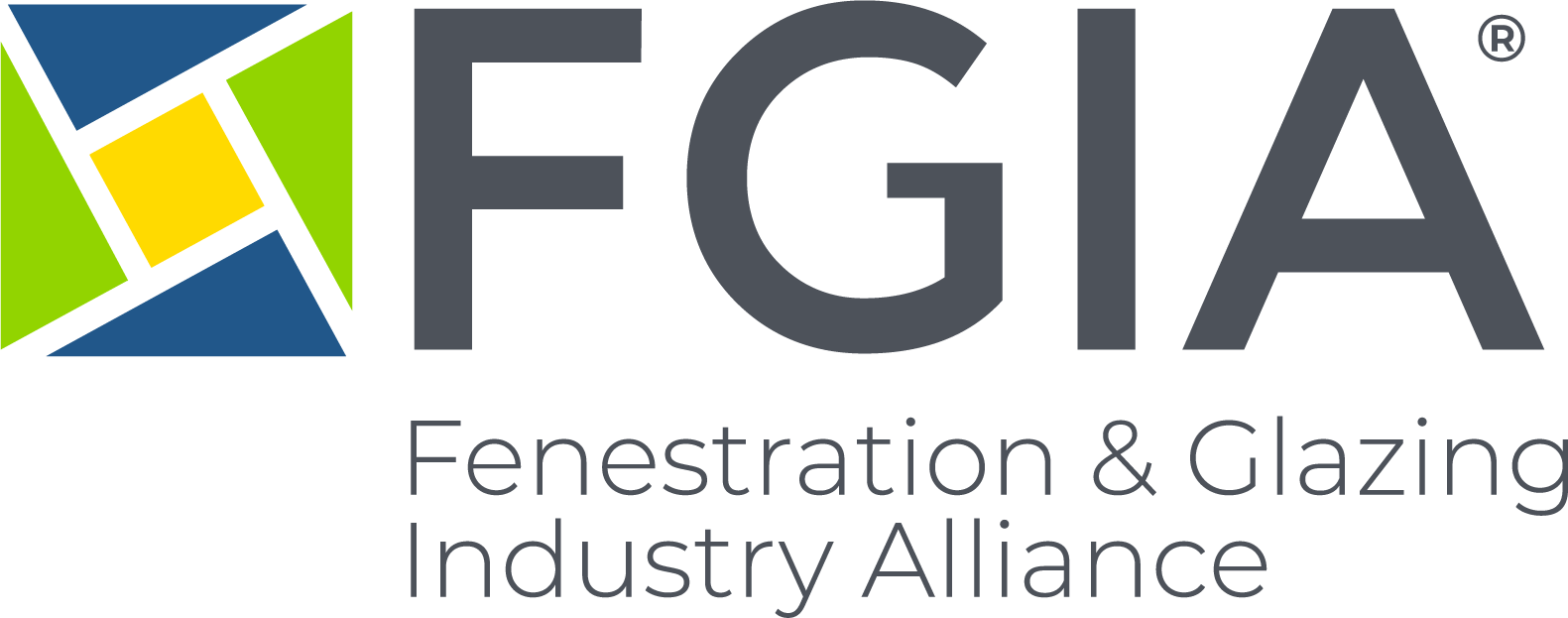Storefronts

A storefront framing system is a lightweight system of exterior cladding which is attached to the structural element of a building, usually spanning from slab to slab or less.
The storefront framing system is non-load bearing, supported by the structure of a building and carries no part of the vertical load except its own weight. Storefronts are typically designed for ground level applications where building access is desired. Entrance doors are an integral part of storefront systems design.
Although storefront framing systems come in a variety of design appearances, they are generally characterized by narrowly spaced vertical and horizontal elements with glass, metal or other infill materials. Storefront framing systems are also widely used in horizontal ribbon applications in low-rise buildings.
Attributes of Storefront Framing Systems*
- Typically Low-Rise Application
- Span Slab-to-Slab
- Relatively Short Vertical and Horizontal Spans
- Non-Thermal and Thermal Options
- Typical Fabrication Methods
- Shear Block
- Screw Spline
- Stick
- Installation Methods
- Stick/Can/Modular
- Water Control/Drainage
- Channeled from Horizontals to Verticals to Sill
- Typically tested to 8–12 psf
- Glazing Options
- Outside Glazed
- Inside Glazed
- Typically Field Glazed
- Anchorage
- Installed within Structure of the Building
- Typical Dimensions
- Sightlines - Typically 1-3/4” to 2” Wide
- System Depth – Typically 4’” to 6-1/2” Deep
- Additional features
- Accommodate Entrance Doors
- Accommodate Operable Windows
- Accommodate Exterior Sunshade Devices
- Accommodate Interior Light Shelves
*For more details, reference the AAMA Storefront Manual.

